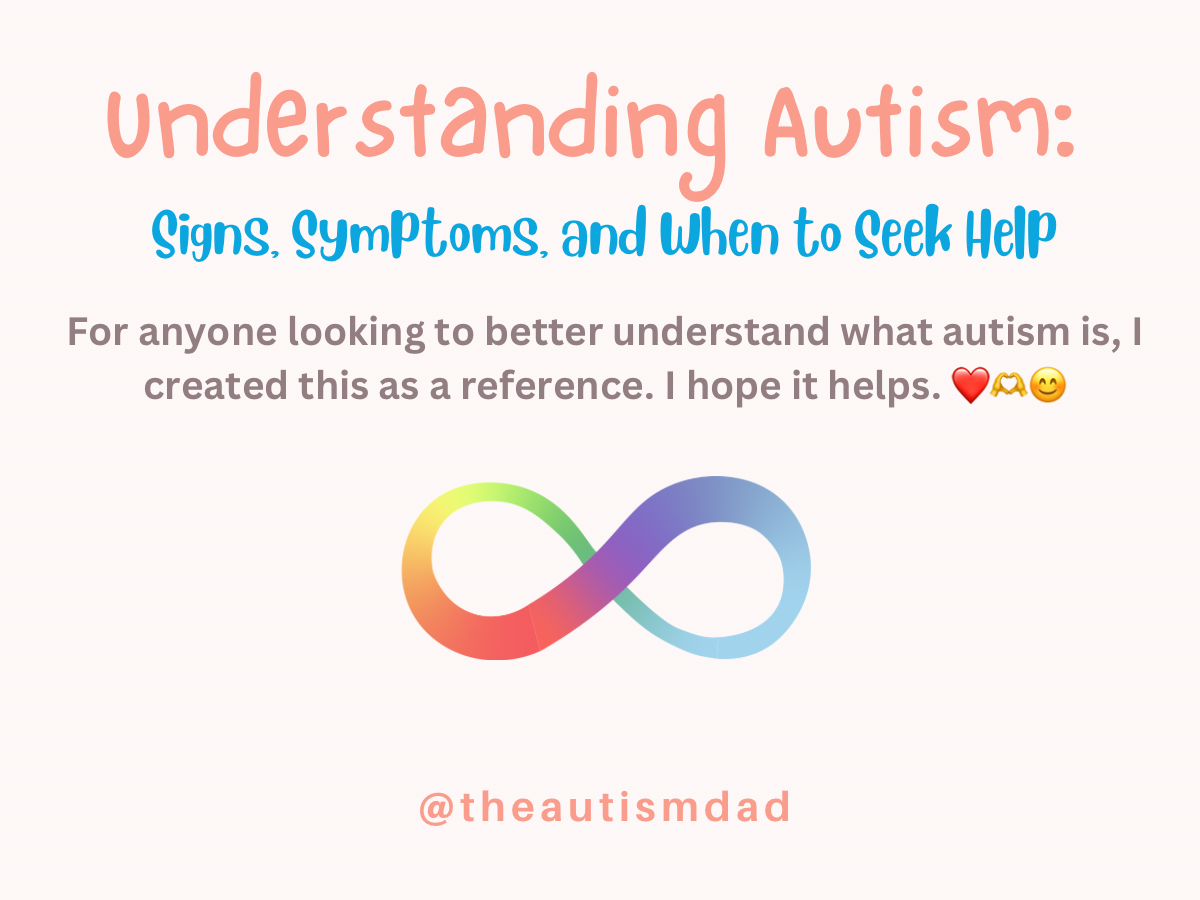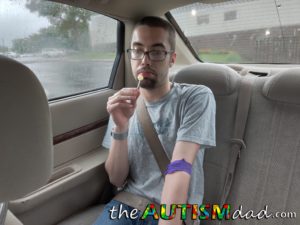What is Autism?
Autism spectrum disorder (ASD) is a complex developmental condition that affects how a person perceives and socializes with others, leading to challenges in social interaction, communication, and behavior. The term “spectrum” reflects the wide variation in challenges and strengths possessed by each person with autism.
Individual Differences
One of the most important things to understand about autism is that it looks different for everyone. No two people with autism are the same. Some may have significant challenges in communication, while others might excel in certain areas but struggle with social interactions. Autism can range from mild to severe, and each person has a unique combination of symptoms and abilities.

Common Symptoms
Autism spectrum disorder can present with a wide range of symptoms, including:
- Social Communication and Interaction: Difficulties with making eye contact, understanding social cues, and maintaining conversations are common. Some individuals might speak in a flat or sing-song voice, or have trouble understanding others’ perspectives.
- Repetitive Behaviors: Many individuals with autism engage in repetitive behaviors such as hand-flapping, rocking, or repeating certain phrases. They might also have intense interests in specific topics or objects.
- Sensory Sensitivities: Sensory processing issues are prevalent, with some individuals being overly sensitive to lights, sounds, textures, or smells, while others might be less sensitive to pain or temperature.
When Autism Can Present
Signs of autism can appear as early as infancy. Some children show symptoms within the first year, while others might not display signs until 24 months or later. Early symptoms can include lack of response to their name, reduced eye contact, and delayed speech development. It’s important to monitor developmental milestones and seek evaluation if there are concerns.
When to Seek Help
If you notice any of the following signs in your child, it’s important to seek an evaluation from a healthcare provider:
- No big smiles or other warm, joyful expressions by 6 months
- No back-and-forth sharing of sounds, smiles, or other facial expressions by 9 months
- No babbling by 12 months
- No gesturing (pointing, waving) by 14 months
- No words by 16 months
- No meaningful, two-word phrases by 24 months
Where to Seek Help
If you suspect your child may have autism, start by discussing your concerns with your pediatrician. They may refer you to specialists such as developmental pediatricians, child psychologists, or neurologists for further evaluation. Early intervention services are crucial and can include speech therapy, occupational therapy, and behavioral interventions.
For adults seeking a diagnosis, it can be more challenging due to the lack of standardized diagnostic tools for adults. However, contacting an established autism center or a specialist experienced in diagnosing autism in adults is recommended.
Impact on Daily Life
Childhood
In children, autism can impact daily life in several ways:
- Communication: Delayed speech development or nonverbal communication can make it difficult for children to express their needs and interact with peers.
- Social Interaction: Children with autism may struggle to understand social cues and engage in play with other children.
- Sensory Sensitivities: Sensory overload can lead to meltdowns and impact a child’s ability to participate in typical childhood activities.
Adulthood
As individuals with autism grow older, the impact of autism on daily life can evolve:
- Employment: Many autistic adults face challenges in finding and keeping a job due to difficulties with social communication and sensory sensitivities.
- Independent Living: Managing household chores and responsibilities can be difficult for many autistic adults, and there are limited publicly-funded support and services available.
- Relationships: Building and maintaining personal relationships can be challenging due to differences in social communication and understanding social cues.
Unique Strengths
Despite these challenges, people with autism often have remarkable strengths:
- Attention to Detail: Many autistic individuals have an exceptional ability to notice details that others might miss. This can make them excellent at tasks that require precision and focus.
- Strong Memory: Autistic individuals often have a great memory, particularly for facts and details. This can be a significant advantage in academic and professional settings.
- Logical and Analytical Thinking: Many people with autism excel in logical and analytical thinking, which can make them particularly skilled in fields like mathematics, science, and engineering.
Individuals with Level 2 (requiring substantial support) and Level 3 (requiring very substantial support) autism often benefit from structured behavioral interventions tailored to their needs. Level 2 & 3 autism behaviour support includes speech therapy, applied behavior analysis (ABA), and occupational therapy, which help develop communication, social, and daily living skills.
Caregivers and educators should collaborate with specialists to create individualized plans that address challenging behaviors while reinforcing strengths.
Autism in Boys vs. Girls
Autism is diagnosed more frequently in boys than in girls, with a ratio of approximately 4:1. However, this disparity might be due to differences in how autism manifests in boys and girls.
- Boys: Typically, boys with autism are more likely to exhibit noticeable repetitive behaviors and have more apparent social communication challenges. They are often diagnosed earlier because their symptoms align more closely with the traditional diagnostic criteria.
- Girls: Girls with autism often present differently. They might have fewer repetitive behaviors and better social communication skills, making their symptoms less obvious. Girls are more likely to “mask” their symptoms by mimicking social behaviors, which can lead to underdiagnosis or misdiagnosis.
Statistics and Early Diagnosis
According to the Centers for Disease Control and Prevention (CDC), autism affects approximately 1 in 36 children in the United States. Early signs of autism can be detected by the age of 2 or 3, and early intervention is crucial for improving outcomes. However, many children, especially girls, may not be diagnosed until later due to the subtler presentation of symptoms.
Conclusion
Understanding autism means recognizing the diversity within the spectrum and appreciating the unique strengths and challenges each individual faces. By fostering awareness and acceptance, we can create a more inclusive world where everyone, regardless of their differences, can thrive. Autism impacts both children and adults in various aspects of daily life, and ongoing support is essential for improving their quality of life.
For more insights and personal stories, visit my blog at The Autism Dad and join my free parent support group by clicking here. Together, we can learn, support, and celebrate the incredible diversity of the autism spectrum.
References:
- CDC – Signs and Symptoms of Autism Spectrum Disorder
- Mayo Clinic – Autism Spectrum Disorder Symptoms and Causes
- National Institute of Mental Health (NIMH) – Autism Spectrum Disorder
- Autism Speaks – Signs of Autism
- HealthyChildren.org – Early Signs of Autism Spectrum Disorders
- UC Davis Health – When to Seek an Autism Evaluation
- Autism Speaks – Autism Screening
- Autism Speaks – How to Get Tested for Autism as an Adult
- Autism Speaks


